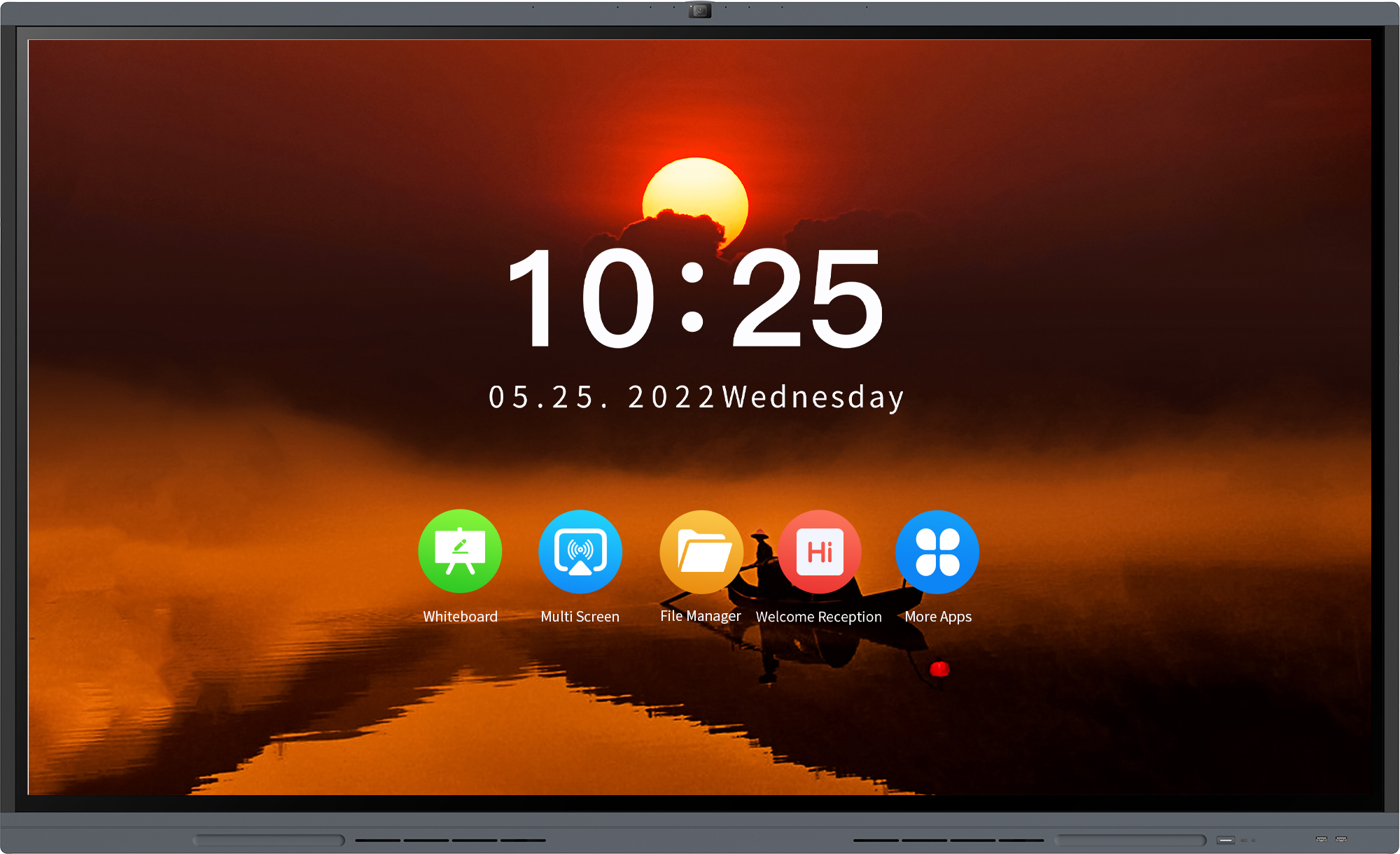Enhancing Education through Interactive Whiteboards

The implementation of technology in classrooms has revolutionized conventional teaching practices, and interactive whiteboards have emerged as an instrumental tool in this process. This research delves into the exploration of classroom interactive whiteboards as a catalyst for innovative teaching methods. It investigates the potential of interactive whiteboards in revolutionizing traditional teaching approaches and aims to identify the benefits and challenges associated with this technology.
1. Redefining Teacher-Student Interactions
With interactive whiteboards, teachers can redefine the dynamics of their interaction with students. These tools allow educators to deliver lessons in a more engaging and interactive manner. The whiteboard enables teachers to display multimedia content, such as images, videos, and interactive simulations, making the learning process more immersive and stimulating. Students can actively participate by manipulating and interacting with the displayed materials, facilitating a deeper understanding and knowledge retention. This enhanced teacher-student interaction fosters an engaging learning environment and cultivates critical thinking skills among students.
2. Creating Collaborative Learning Experiences
The integration of interactive whiteboards promotes collaborative learning experiences among students. These devices offer features that facilitate group activities and discussions. For instance, students can work together on a shared whiteboard, simultaneously contributing their ideas and collaborating on tasks. This fosters teamwork, communication, and cooperation among students, promoting a sense of community and enhancing the overall learning experience. Additionally, interactive whiteboards enable teachers to incorporate real-time assessment tools, allowing instant feedback to monitor student progress.
3. Overcoming Challenges and Ensuring Effective Implementation
While the advantages of interactive whiteboards in the classroom are evident, certain challenges need to be addressed for their effective implementation. Technical difficulties, such as connectivity issues and software compatibility, can hinder the smooth functioning of interactive whiteboards. Teachers must receive adequate training and support to harness the full potential of these devices and create interactive and engaging lessons. Additionally, accessibility concerns need to be addressed to ensure equal participation for all students. By incorporating inclusive teaching strategies, these challenges can be overcome, leading to more effective use of interactive whiteboards in education.
In conclusion, this research study has explored the potential of interactive whiteboards in revolutionizing traditional teaching methods. Through enhanced teacher-student interactions and the promotion of collaborative learning experiences, these devices offer countless opportunities for innovative education. However, challenges related to technical aspects and accessibility must be addressed to ensure effective implementation. By overcoming these obstacles and embracing interactive whiteboards, educators can create engaging and impactful learning environments, ultimately benefiting both teachers and students alike.

